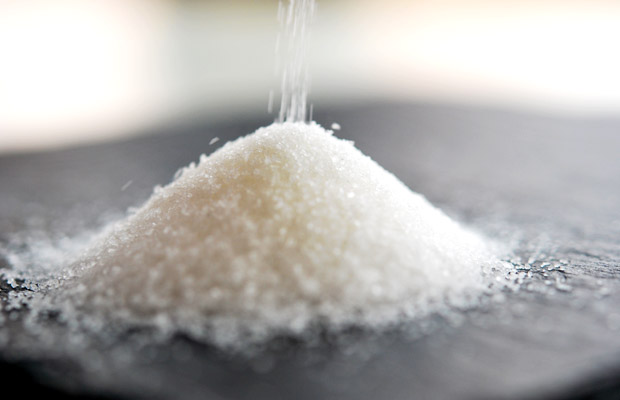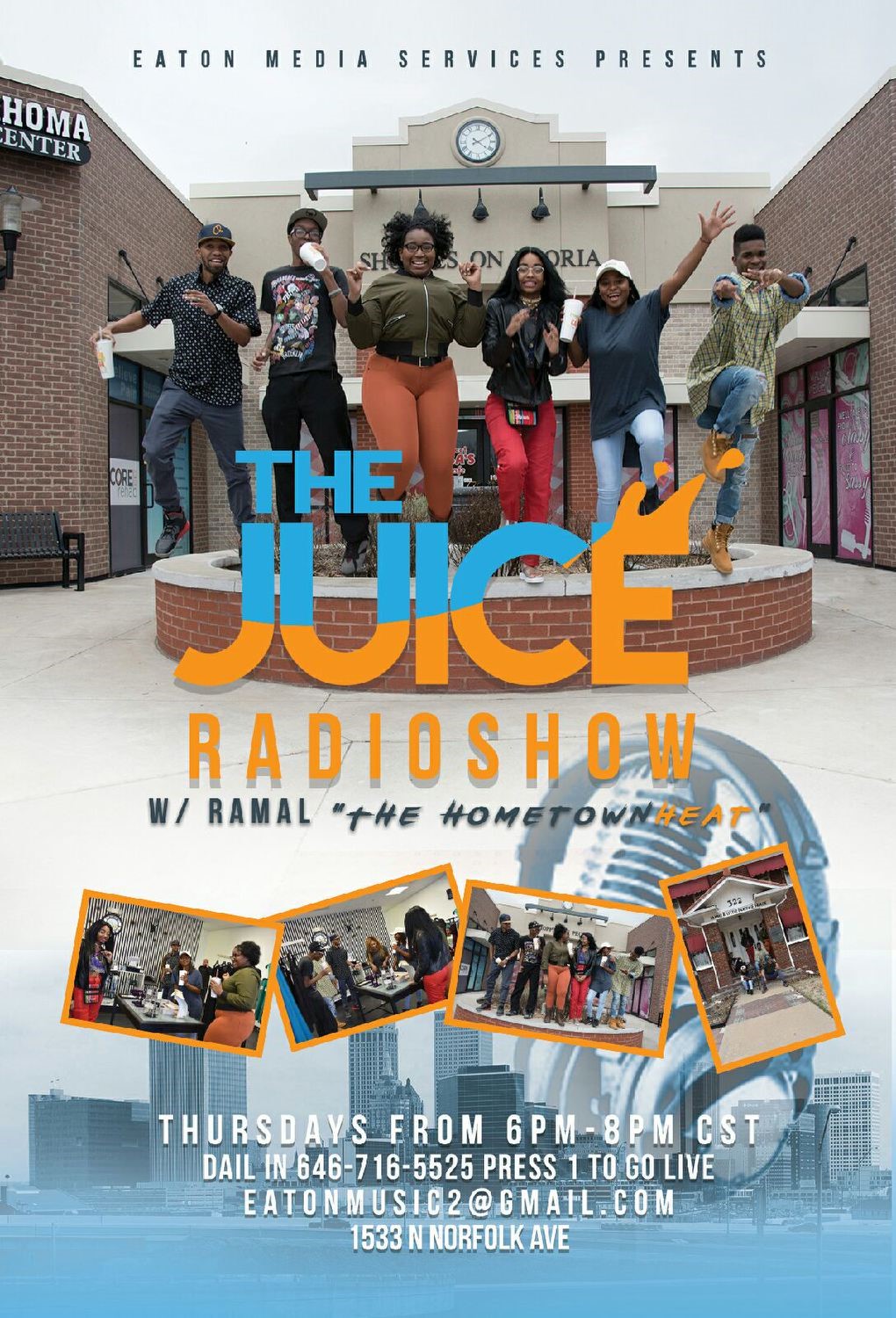
www.thehuffingtonpost.com
Here’s a question: What drug is the most addictive, least regulated, and most widely endorsed by our culture? Not heroin or cocaine. Not tobacco. Not even alcohol. You might want to put down your caramel ice decaf coffee while you read this: It’s sugar.
Once highly restricted, the fine white powder is now largely unavoidable. According to the U.S. Department of Agriculture, the average American consumes 94 grams of sugar a day. It can be found in over 50% of the food that comprises the typical American diet.
Yet by nearly any definition this everyday ingredient is a dangerously addictive drug.
Psychologists and obesity researchers have known for nearly a decade that rats raised on sugar will go to extraordinary lengths – and endure tremendous pain – in order to get their next hit.
But in 2016 researchers at Queensland University of Technology (QUT), discovered that we humans are not exempt from sugar’s addictive pull either. Their research reveals that excessive sugar consumption in humans increases dopamine levels in a way similar to other drugs, such as cocaine.
They also found that long-term consumption of sugar will eventually cause a reduction in dopamine levels, which will result in people needing to consume more and more sugar in order to reach the same level of happiness and avoid mild states of depression.
Like illegal drugs, sugar extracts a high social cost as well.
Since the late 1960s, when many processed foods containing sugar were first entering mainstream American homes, the rate of diabetes – a disease inextricably linked to sugar consumption – has risen from approximately 3 million to 28 million. During the same period, the percentage of Americans who are overweight or obese has climbed from 46% to a whopping 75%
How did we get here?
In A.D. 500 India, sugar was not considered a food or a spice. Instead, it was used as a medicine for headaches, stomach flutters, and impotence.
Over time, sugar came to be considered a gift or, in some cases, a sacrament. As it increased in social value, sugar became a critical commodity for trade negotiations. Travelers carried sugar in pouches to ease their passage across critical trade routes.
Then, advances in mechanization made producing sugar easier and easier – first from cane, which tended to exhaust soils, then from less demanding crops, such as beets and corn. Sugar became much less rare.
By the 17th century, Britain was one of the largest importers of sugar in the world. No longer were Brits using small amounts of sugar to sweeten their tea. They were also using it to produce jams and sweetened pastries at unprecedented rates.
In the mid-20th century, sugar jumped the rails and became a highly subsidized, multi-billion dollar industry. Companies had a clear profit incentive to sprinkle sugar liberally throughout Americans’ diets.
And in response to these structural changes, Americans have developed a culture around sugar, based on the belief that it is a food rather than a drug. Even more dramatically, sugar has become an indispensable part of our most cherished social practices.
Or, as we sociologists would say, this “sugar culture” plays a powerful role in shaping our beliefs, behaviors, objects, and other characteristics common to the members of a particular group or society.
For example, sugar has been integrated into our most frequent traditions. We are socialized to celebrate with sugar, and to associate it with feelings of love, joy, happiness, and nostalgia.
Even the best-intentioned parents, who might withhold sugar for the first year of their child’s life, often break the fast with birthday cake – a cake that is surrounded by friends, relatives, presents, smiles, and affection.
Nearly every special occasion that child experiences in the rest of life will likely be celebrated by some sugary confection.
But suppose that child grows up and decides to kick the sugar habit. All I can say is: Good luck.
According to Dr. Susan Peirce Thompson, a professor of Brain and Cognitive Science at the University of Rochester and author of the New York Times Best Seller Bright Line Eating: The Science of Living Happy, Thin, and Free, the same culture that enforces an eating habit makes it very hard to break. One of the biggest obstacles is other people – even people who are close to us.
Consider that people often feel perfectly legitimate offering a friend or co-worker a food – such as a Girl Scout cookie – that is not good for her, or that she is avoiding. But we recognize it would not be legitimate to offer a drink to a recovering alcoholic, or a cigarette to someone who has given up smoking.
People who are dieting or simply avoiding sugar also experience a subtle form of what sociologists refer to as stigma or public shaming. Unlike people who are in recovery for alcohol or drug addiction, sugar-avoiders are also more likely to be labeled as extreme when turning down chocolate on Valentine’s Day, refusing a margarita on Cinco De Mayo, sticking to salad on the 4th of July, or passing on pumpkin pie at Thanksgiving. To say nothing of all the other exceptions possible – birthdays, promotions, anniversaries, and even just good weather.
The causes of being overweight and obese are complex. Some of these causes are genetic, or related to other underlying health issues, such as hypothyroidism – a disease that affects 1 and 4 women in the U.S. over the age of 40.
But these other causes do not absolve the effects of culture and the norms that govern when and where we eat, and why, with whom, and how much we eat. Although shifting an entire culture may seem insurmountable, it can be fairly easy to change cultural beliefs and practices.
For example, the next time someone tells you that she doesn’t eat dessert, no longer eats sugar, or doesn’t want a birthday cake, believe her.
She is not rejecting you. She is not spoiling family traditions. She is not ruining the holidays. She is simply choosing – with reason – not to eat a highly addictive, dangerous drug that – through policy, profit, and practice – has been culturally framed as a food.










